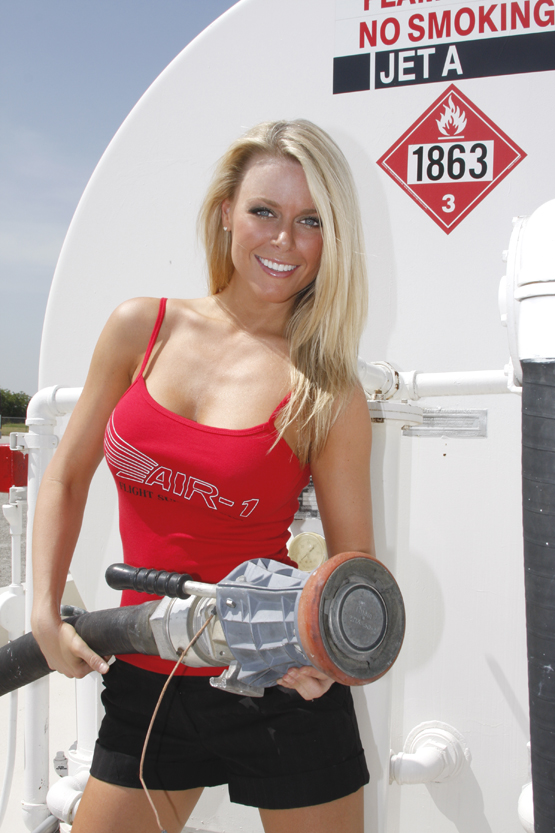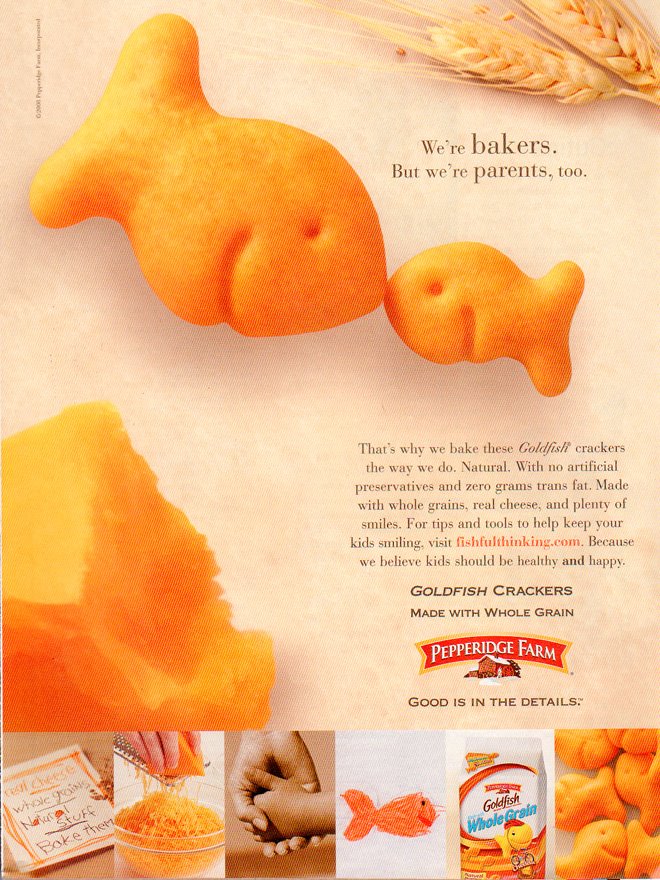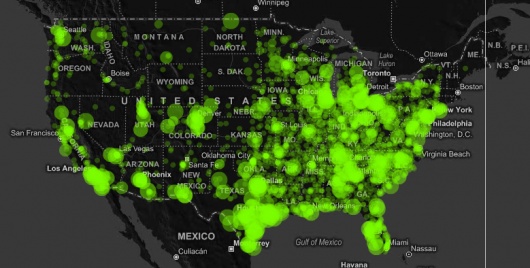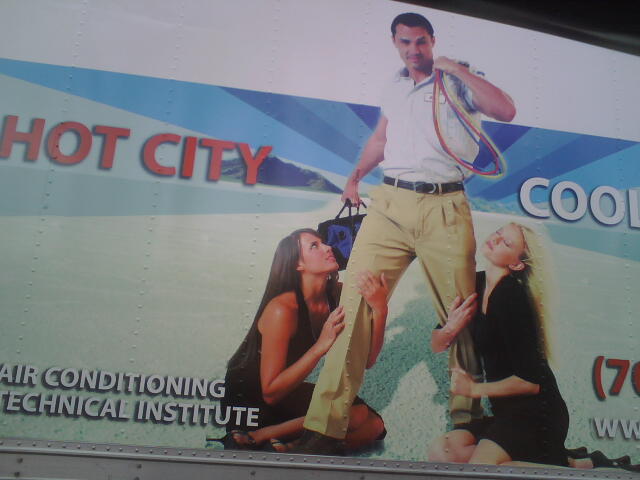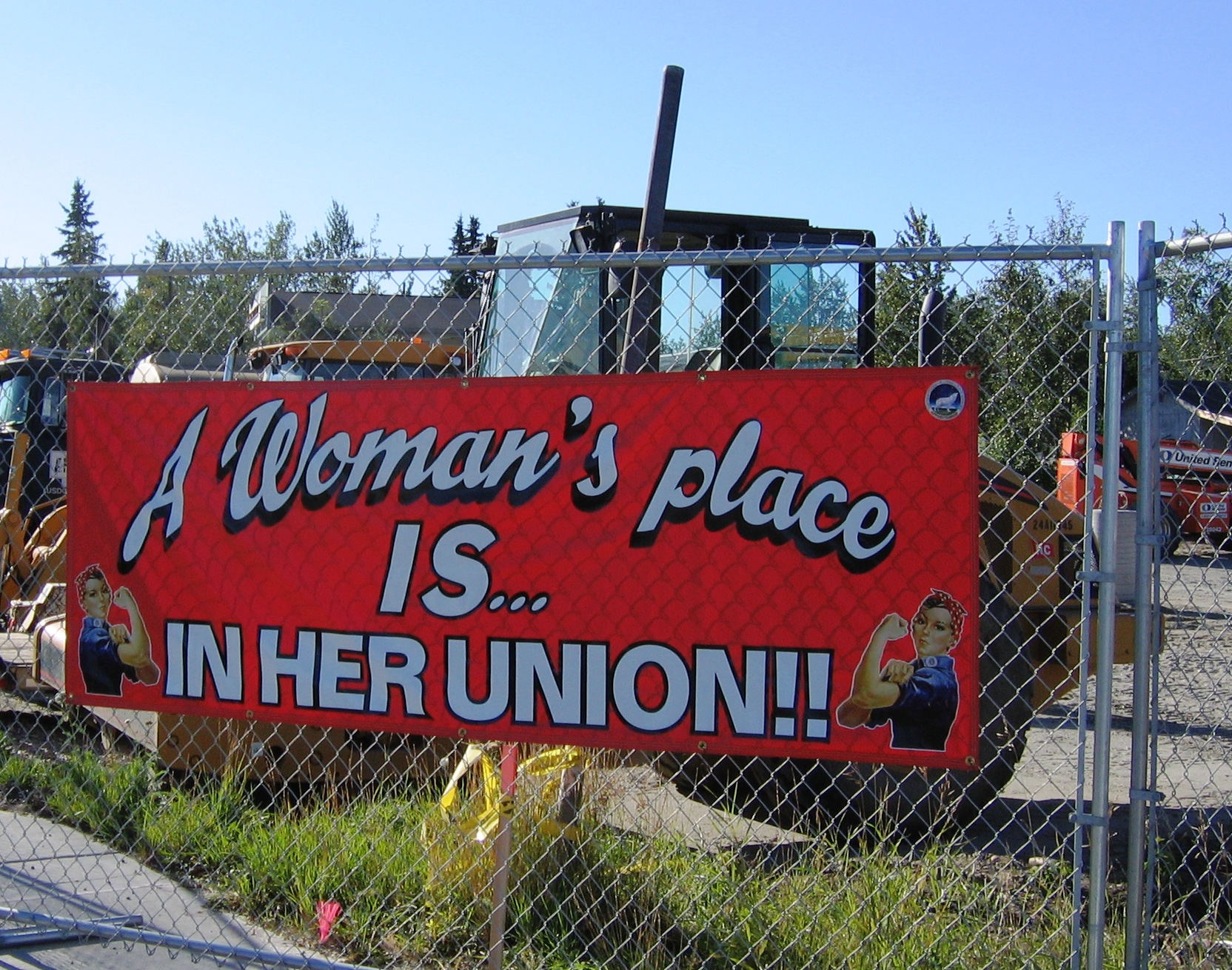A main source of the wage gap between men and women is job segregation. Men and women are sorted into different jobs and jobs associated with women are paid less.
Below is a list of occupations and their average wages for 2007 from The Bureau of Labor Statistics. I picked out occupations that were rather straightforward (not a random sample, just an illustrative one), put them in order from lowest to highest, and colored them according to whether they are feminine (pink) or masculine (blue) occupations. Comments below.
Parking Lot Attendants: $8.82
Child care workers: $8.82
Coatroom attendants: $9.18
Bellhops: $9.25
Sewing machine operators: $9.31
Manicurists and pedicurists: $9.60
Home health care aid: $9.62
Stock clerks: $9.85
Janitors: $10.00
Hairdressers: $10.68
Security Guards: $10.85
File clerks: $11.06
Pre-school teachers: $11.12
Barbers: $11.31
Receptionist: $11.40
Bus Driver (school): $12.43
Construction workers: $13.13
Butchers: $13.87
Dental Assistants: $15.17
Bus Driver (city): $15.94
Roofers: $15.98
Car mechanics: $16.43
Truck drivers: $17.41
Electricians: $21.53
1. Notice that feminized occupations, occupations that are disproportionately female, cluster towards the lower wage end of this hierarchy.
2. Notice also that, were we to rank these occupations in order of importance or difficulty, we might come out with a very different ranking. Importance and difficulty does not necessarily translate into wages.
For example, child care workers and home health care workers are paid only a bit more or no more than parking lot attendants. And coatroom attendants are paid more. So coats and cars are, I guess, pretty important.
Car mechanics are paid more than dental assistants. They require a similar amount of training, yet we still pay those taking care of our cars more than those taking care of our teeth.
And pre-school teachers are paid less than butchers and bus drivers. Is preparing our children for school less important than getting them there? Do we value the man preparing our meat more than we value the woman tending to our child?
3. Finally, notice that some jobs come in gender specific forms and the feminized form is paid less. For example, maids are paid less than janitors and hairdressers are paid less than barbers.






